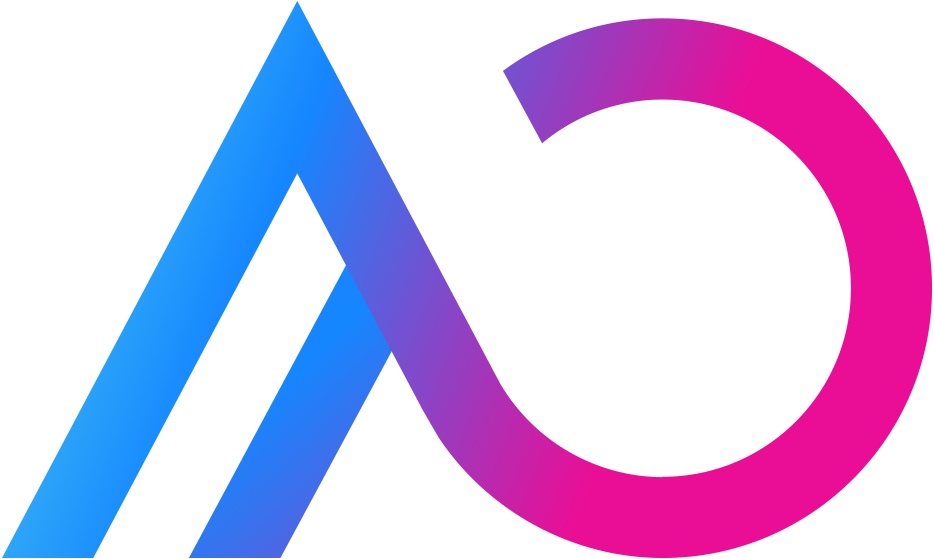Marketing is not a guesswork! You pour money into ads, blast emails to everyone, and hope something sticks. Most teams, especially smaller ones, fight the same battle every day.
Predictive analytics fixes that. It:
- Spots customers are most likely to buy.
- Pinpoints the best moment to reach them.
- Flags the products or services they’ll love next.
- Suggests the tone and channel that will hook them.
- Fires these actions automatically when plugged into marketing automation.
Predictive tech was once reserved for giant budgets and specialist data teams. MY AIO put the same power in smaller hands, letting any business read its own data, adjust in real-time, and spend smarter.
Here’s the roadmap: we’ll define predictive analytics, dig into the benefits, outline the ingredients you need, walk through a step-by-step setup, highlight common pitfalls, and finish with easy FAQs.
What is Predictive Analytics in Marketing?
Predictive analytics uses statistics and machine learning to forecast what customers will do next. It answers questions like:
- Who is most likely to buy this week?
- When should you send that promo email?
- Which products are about to trend?
- What subject line or ad headline will generate clicks?
Instead of hunches, you feed past data—website visits, purchase history, email opens, social clicks—into an algorithm. The model spots patterns and returns simple scores.
Why Predictive Analytics Matters
- Proactive moves – Act before buyers drift away.
- Sharper targeting – Spend budget only where it converts.
- Higher lifetime value – Personalize offers to future needs.
- Lean operations – Let algorithms crunch data while you plan strategy.
Fact: A 2024 Forrester study found companies using predictive insights grew marketing ROI 25 % faster than peers who relied solely on historical reports.
How Predictive Analytics Teams Up With Marketing Automation
Marketing automation is the “doing” arm—sending emails, posting to social media, and launching ads. Predictive analytics is the “thinking” brain—deciding who, when, and how. Together, they form a cycle that learns and acts without constant human tweaking.
Comparison of Workflows
| Task | Traditional approach | Predictive + Automation |
| Email blast | Sent to the full list | Sent only to contacts likely to open or click |
| Ad targeting | Broad interest group | Micro-segments based on recent behavior |
| Product promo | Manager’s gut feeling | Data-driven forecast of demand |
| Segmentation | Demographics only | Behavior, interests, psychographics |
| Budget Split | Even across channels | Tilted toward high-return audiences |
MY AIO combines its Advanced Predictive Analytics engine with Dynamic Real-Time Campaign Optimization. Scores flow straight into triggers that raise bids, pause weak ads, or queue a retention email—often within minutes.
The Three Building Blocks of Any Predictive System
- Clean, Unified Data
Duplicate names, missing values, or mismatched time stamps trash model accuracy. MY AIO’s integration pipeline auto-cleans common errors, but any platform will need some data housekeeping.
- Behavior Tracking
Algorithms need signals—clicks, sessions, cart events. MY AIO records these in real-time, updating profiles as soon as visitors act.
- Real-time Refresh
Markets shift hourly. Good systems retrain models often and push fresh scores back into campaigns. MY AIO flags model drift and can retrain without extra scripts.
Smart Ways Businesses Use Predictive Analytics Today
| Use case | How it works |
| Cart recovery | Model spots high-intent abandoners and triggers a one-click checkout email. |
| Look-alike ads | Builds new audiences that mirror top buyers. |
| Churn alerts | Scores customers about to cancel and schedules a support call. |
| Content recommendations | Suggests articles or videos based on browsing history. |
How MY AIO Features Work
- Predictive Analytics scans cross-channel data for purchase, churn, or engagement patterns.
- Dynamic Real-Time Campaign Optimization tweaks bids and budgets on the fly based on those scores.
- Advanced Customer Segmentation groups people by psychographics and behavior, not just demographics.
- Interactive Dashboard translates complex numbers into clean charts and next-step suggestions.
You benefit quietly: campaigns improve while the manual workload falls. Mention done, job finished—let’s keep the focus on the broader method.
Conclusion
Predictive analytics shifts marketing from guessing to knowing. Joined with automation, it lets you reach the right people at the right time with the right message—automatically. Even small businesses can jump in, thanks to tools like MY AIO that wrap data cleaning, model training, and campaign execution into a single package.
If you’re not leveraging predictive insights yet, you’re already a step behind. But starting today is as easy as choosing one metric, cleaning your data, and running a modest model. Your future self—and your budget—will thank you.




